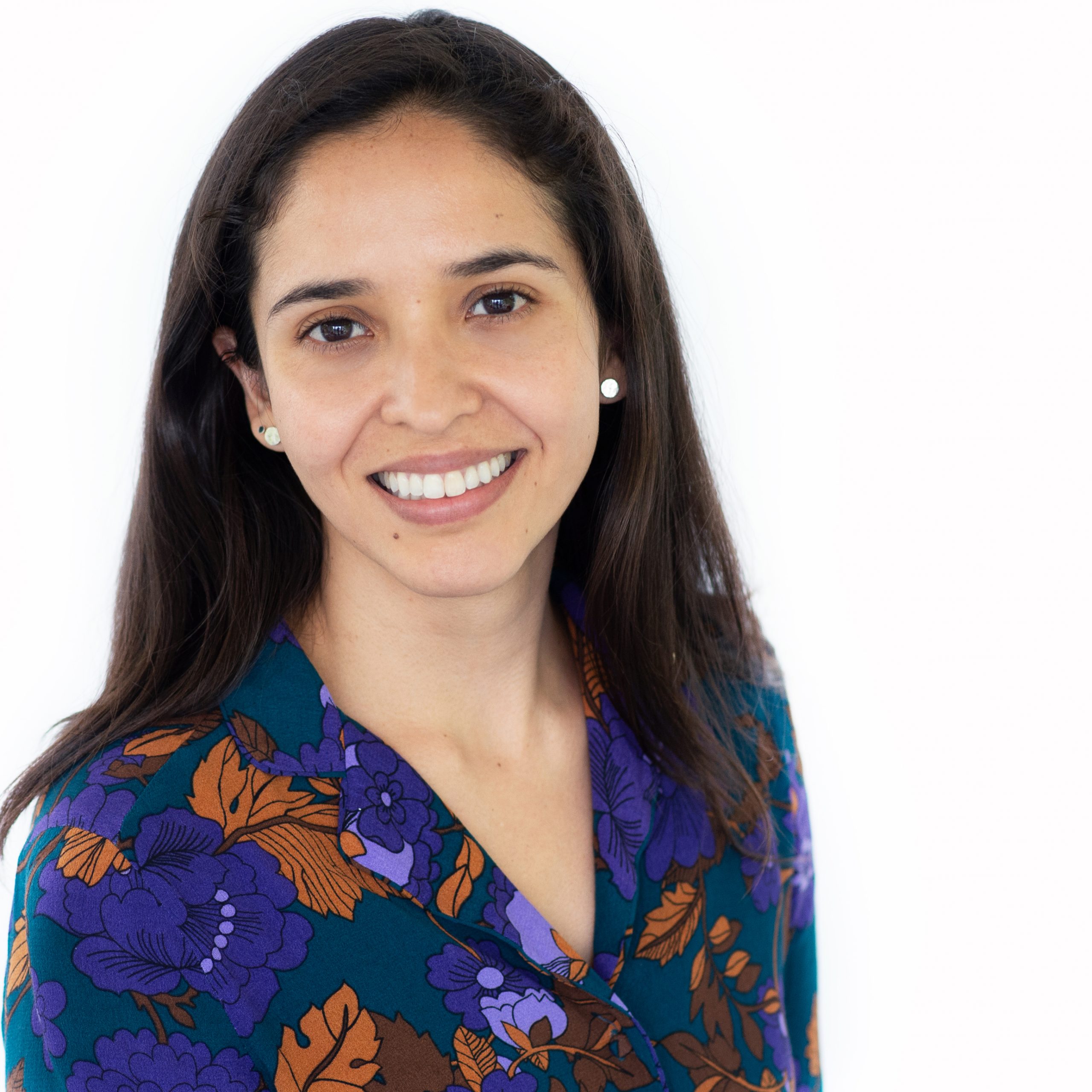The partnership, a platform, a springboard
15 July, 2024
Wednesday 07 october 2020
Header photo: Parapeti River, in the middle of Bolivian Chaco © Natura Bolivia
Mariel Cabero, expert environmental justice at IUCN NL, says: ’It is important to consider the many uses of the landscapes and meet the needs and interests of the various stakeholders involved, while at the same time upholding the principle of sustainable and inclusive development.’ This integrated landscape approach aims to effectively safeguard critical public goods such as water and food security.
Indigenous communities are both the most important and most vulnerable stakeholders in the various landscapes. ‘In Guyana, for example, the protection of the communities’ sacred sites along rivers, including their headwaters, is critical for their survival,’ says Preeya Rampersaud of WWF-Guianas. ‘There are also small-scale miners in the landscape, whose activities impact the rivers.’
IUCN NL’s partner organizations that work across South America, have successfully collaborated to develop and share innovative strategies and tools for effective and inclusive conservation in their landscapes. Rampersaud states that, ‘There are many examples of community-led approaches for resource management.’ These tools can be used to protect and maintain public goods such as water and food security and climate resilience.
‘The novelty of our approach lies in the fact that while representatives from the local community-based organisations were being trained, they already started applying the new tools to facilitate dialogue between different stakeholders in their landscapes,’ Rampersaud explains. In Guyana, it is the first time that indigenous communities are leading the process to strengthen their community governance.
The second community-led approach aims to strengthen community governance. Central to this is a rights-based approach, which ensures that landscapes are managed equitably for both nature and people. Here, engagement and decision making is led by communities to increase transparency and inclusion of vulnerable groups in important processes. Rampersaud: ‘The goal of this approach is for communities take the lead in managing their land and territories.’
In Charagua, a town in Bolivia, this approach led to the creation of two new protected areas, covering a total of 428,000 hectares. Maria Teresa Vargas of Natura Bolivia explains, ‘This required hundreds of meetings with local residents, because we needed every single community to sign and give their approval of the creation of the protected areas.’ A lot of communities have now signed agreements for even higher levels of conservation: ‘They receive economic benefits in return for conservation commitments. This has increased the local support for these indigenous conservation zones.’
In Suriname and Guyana, indigenous and tribal communities have developed guidelines on how they would like to be engaged in territorial projects that impact their lands. ‘They outlined the requirements for external parties, which are centered on the rights-based approach and principles of Free and Prior Informed Consent,’ says Rampersaud. ‘They also emphasize that vulnerable groups such as women and youth within the communities need to be involved in decision making to reduce power imbalances.’
A final approach that is used across the landscapes aims to strengthen territorial management structures that are already used by local indigenous governments and communities to manage their lands. ‘We have recently started a process for territorial and natural resource management for the Guaraní Indigenous Autonomy,’ says Vargas.
In the previous system the Indigenous Guaraní had no real ownership of their land, enabling the central government to give land to outsiders. Vargas also says that, ‘The new model gives the Guaraní a solid legal backing to keep outsiders off their forested lands, and to formally protect and conserve the land for future generations.’
‘We want to build a local and international movement of diverse voices to increase the pressure on governments and oil companies to stop their activities, especially in eco-sensitive areas,’ Nabiruma explains. Lukambo adds: ‘Having a strong network across country borders reduces the vulnerability of the people involved, and helps us to put more pressure on governments and companies.’
Leading up to and during the Member’s Assembly at the IUCN World Conservation Congress 2020, IUCN Members can vote to approve motions. They are the mechanism by which IUCN Members influence third parties and guide the policy and Programme of IUCN. A number of the accepted motions are linked to the work of our partners in Uganda and DRC. A part of the motions will be sent for vote by electronic ballot from 7-21 October 2020.
More information and the full list of motions can be found on the official Congress website.
Rampersaud thinks this motion supports the work that communities around South America are doing for conservation: ‘Both the work they are doing and the actions that are called for in this motion aim to provide legal tools to indigenous governments so they are in charge of the land uses in their territories.’
Vargas says this motion is incredibly important for the indigenous peoples and communities in South America: ‘Food security- along with health- will be the most important issues for indigenous peoples in a Covid-19 world. Indigenous peoples such as the Guaraní are incredibly vulnerable, so food security and indigenous rights are the most important issues to work on.’
This motion can be directly linked to the rights-based approach used in Bolivia, says Vargas: ‘If the roles and rights of indigenous peoples in conservation are recognised, for example in the form of legal rights or economic benefits, the local support for indigenous conservation zones will improve.’ Rampersaud agrees: ‘We need to let communities take the lead in managing their land and territories.’
The IUCN Congress 2020 will bring together the global nature conservation community and allow civil society organisations to share their work and knowledge. In a series of articles, IUCN NL’s partner organisations from around the world tell us about their work for nature and people.

